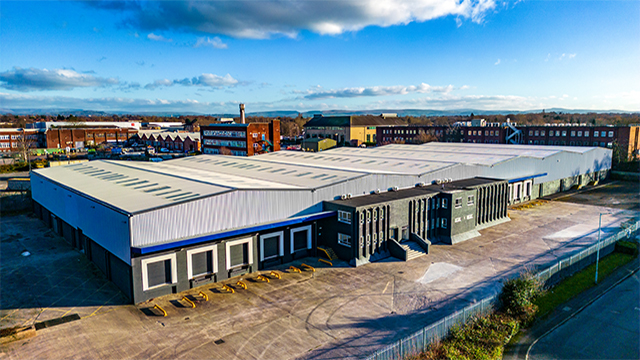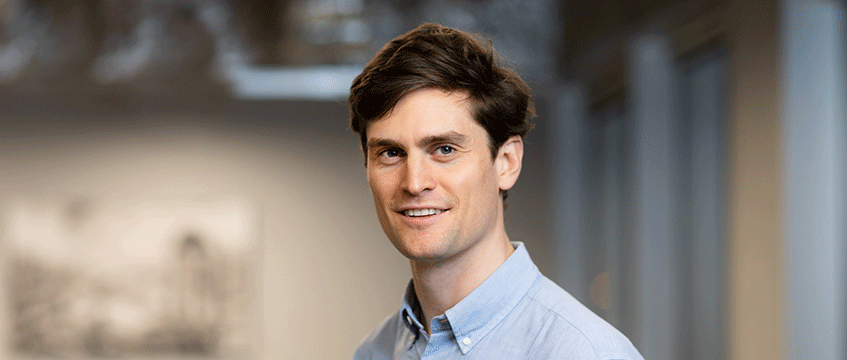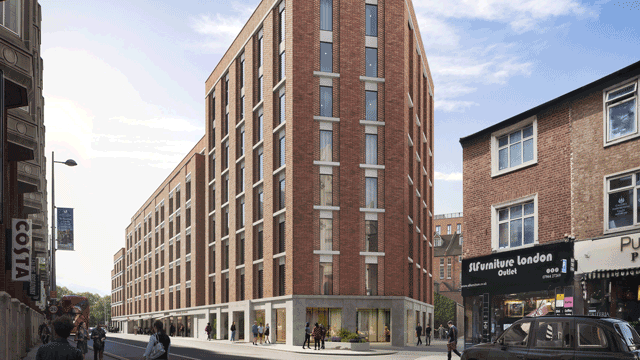COMMENT Picture the scene: you excitedly head off to a face-to-face meeting, laptop under arm, flexing that pre-2020 small talk (“been anywhere nice on holiday recently?”), joyous at the prospect of seeing people in the flesh, rather than as a 2D face in a box.
As the clock ticks over the hour, the panic sets in. How are you going to make it back to the office for the next Zoom meeting in 25, 24, 22 minutes? Headphones? Check. Charged? Negative. You’re left with little choice but to send a grovelling email to your next meeting group apologising profusely that you’ll be 15 minutes late.
What if it didn’t have to be like this? What if you could work from your client’s foyer? What if the dodgy WiFi actually worked?
A focus on people
We have all seen the stats: we are spending less time than ever in offices (only 1.45 days per week, to be precise), preferring the amble of a morning crossword and cafetière instead of the morning commute and overpriced oat milk flat white. We have seen Monday morning streets deserted and Friday afternoon pubs dry. Our cities aren’t what they used to be.
However, despite our domiciliary preferences, there is always something that draws us back to the hustle and bustle.
Whether it’s the 9am brainstorm, the 1pm sandwich with an old friend or the 6pm tipple with colleagues, there is no denying the social sustenance that our cities and towns provide. There is an inherent need amongst humans to spend time together, socialising, working, sharing ideas.
Cities have long been a central hub in which to do this, with buildings the facilitators. Buildings house activity. Buildings house chairs, tables, computers, plants – not forgetting people. All are important, but we’ve been getting it the wrong way round. For too long, buildings have focused on being the tallest, the newest, the leafiest. It’s only more recently that they have started to shift their focus onto the people that use them.
What we require from our buildings has changed. We want spaces that are not only smart to look at but smart because they create an exceptional experience for the people that use them. Smart because they give those users a seamless journey between home, office, client office, office and home again. If we were playing a game of Top Trumps, “inspirational experience” would win every time. This is not possible without a tech-enabled approach.
Experience as priority
It’s only recently that a building’s imperative has become more focused on outcomes for its users, using technology. It’s all very well having occupancy sensors, intuitive lighting and digital twins, but if we are not employing these with the people that use these buildings in mind, it’s a fruitless exercise.
Going one step further and actively using the data from these technologies to predict working patterns and which spaces we spend more time in, has also allowed us to look at our buildings with a much longer-term lens. What we design, build, retrofit, and update must not only be able to adapt to how we use our buildings now, but how we will use them in the decades to come.
And so back to our meeting. Imagine the landlord had thought about a space where visitors could sit between meetings, finishing off that slide deck, checking in with a teammate or making a confidential call to a client. Imagine the technology they had implemented was nimble enough to be able to do that.
This is not some far-fetched vision of the future. We are seeing first-hand how landlords are starting to put experience as a priority rather than at the bottom of a very long wish list.
The results: resilient, savvy spaces that work for the people that use them – and their headphones.
William Newton is president and managing director of WiredScore











